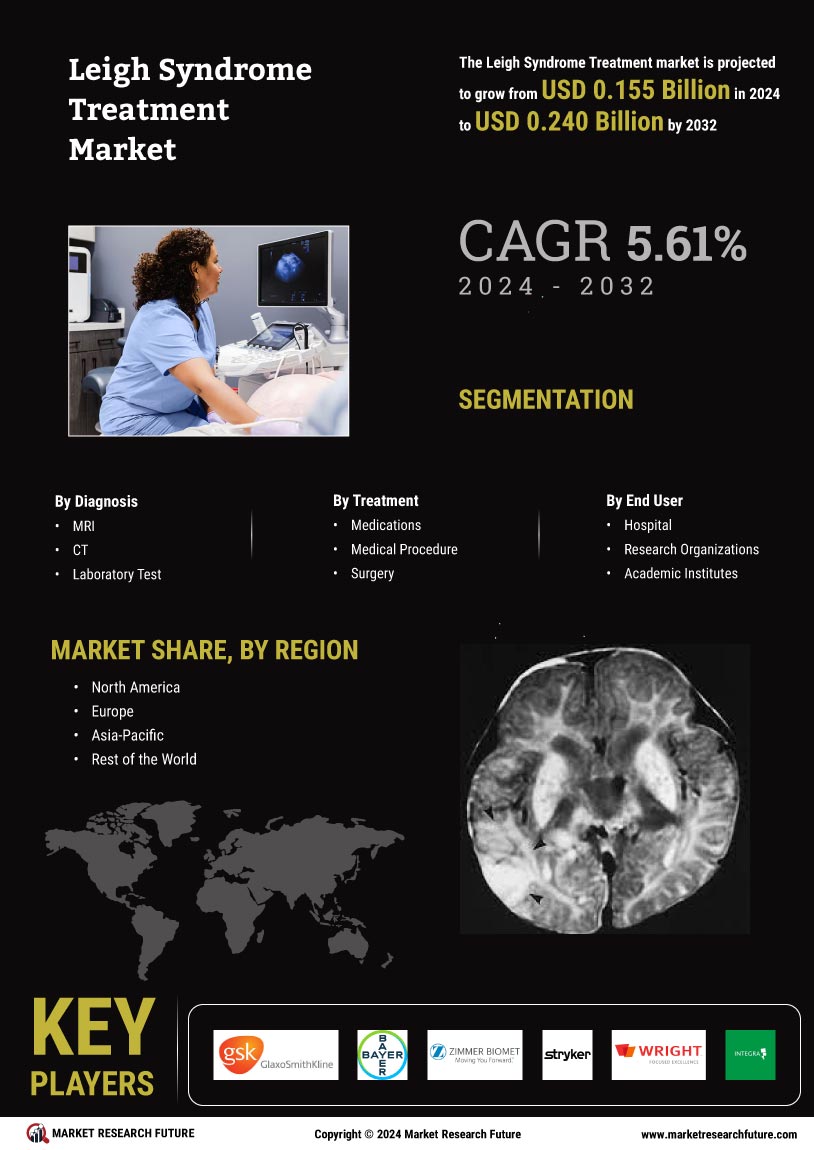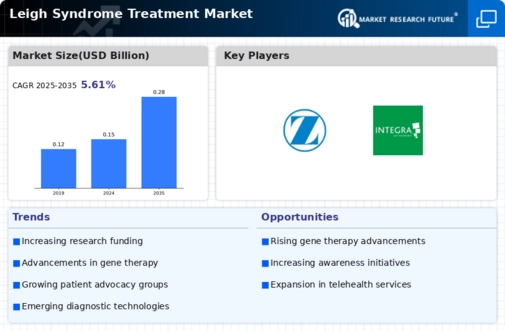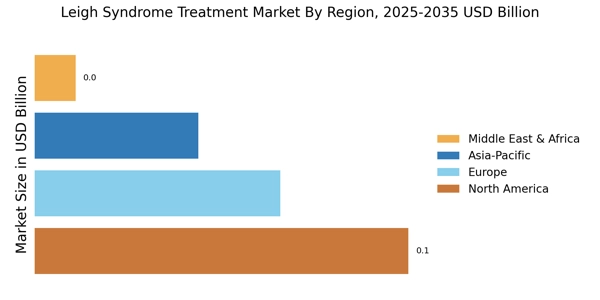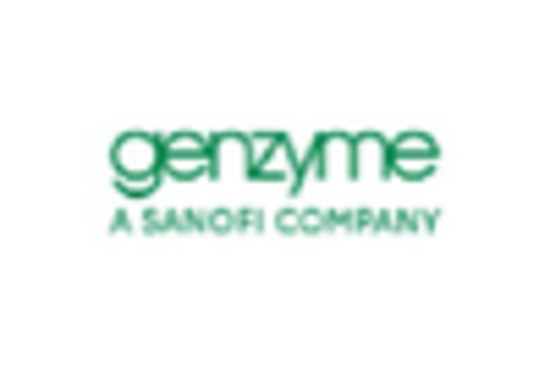Growing Awareness and Advocacy
Growing awareness and advocacy for Leigh Syndrome are driving factors in the Leigh Syndrome Treatment Market. Increased efforts by patient advocacy groups and healthcare organizations to educate the public about this rare disease have led to heightened recognition of its impact. As awareness spreads, more families are likely to seek medical advice and genetic testing, resulting in earlier diagnosis and intervention. This proactive approach not only benefits patients but also stimulates demand for treatment options. Advocacy initiatives are also instrumental in lobbying for research funding and policy changes that support the development of therapies. The collective efforts of advocates and healthcare professionals are likely to create a more favorable environment for the Leigh Syndrome Treatment Market, fostering growth and innovation.
Advancements in Genetic Research
Advancements in genetic research are significantly influencing the Leigh Syndrome Treatment Market. The identification of specific genetic mutations associated with Leigh Syndrome has opened new avenues for targeted therapies. For instance, the discovery of mitochondrial DNA mutations has led to the exploration of gene therapy as a potential treatment option. This progress not only enhances the understanding of the disease but also fosters the development of personalized medicine approaches tailored to individual genetic profiles. As research continues to evolve, the potential for innovative treatments increases, thereby attracting investment and interest from pharmaceutical companies. The interplay between genetic research and treatment development is likely to shape the future landscape of the Leigh Syndrome Treatment Market.
Rising Prevalence of Leigh Syndrome
The increasing incidence of Leigh Syndrome is a pivotal driver for the Leigh Syndrome Treatment Market. Recent estimates suggest that Leigh Syndrome affects approximately 1 in 40,000 live births, indicating a growing patient population in need of effective treatments. This rise in prevalence is likely to spur demand for innovative therapies and interventions, as healthcare providers seek to address the needs of affected individuals. Furthermore, as awareness of rare genetic disorders increases, more cases are being diagnosed, which could further amplify the market's growth. The urgency to develop and provide effective treatment options is underscored by the challenges faced by patients and families, thereby creating a robust market environment for stakeholders in the Leigh Syndrome Treatment Market.
Emergence of Novel Therapeutic Approaches
The emergence of novel therapeutic approaches is reshaping the Leigh Syndrome Treatment Market. Recent developments in treatment modalities, including enzyme replacement therapy and mitochondrial-targeted interventions, are providing new hope for patients. These innovative therapies aim to address the underlying causes of Leigh Syndrome rather than merely managing symptoms. As clinical trials yield promising results, the market is poised for expansion, with pharmaceutical companies eager to capitalize on these advancements. The potential for combination therapies that integrate multiple treatment strategies further enhances the landscape, offering a multifaceted approach to care. The ongoing exploration of novel therapies is likely to attract investment and interest, thereby propelling the growth of the Leigh Syndrome Treatment Market.
Increased Funding for Rare Disease Research
The surge in funding for rare disease research is a crucial driver for the Leigh Syndrome Treatment Market. Governments and private organizations are increasingly recognizing the need to allocate resources towards the development of therapies for rare conditions like Leigh Syndrome. In recent years, funding initiatives have expanded, with millions of dollars being directed towards research and clinical trials. This financial support not only accelerates the pace of discovery but also encourages collaboration among researchers, healthcare providers, and pharmaceutical companies. As a result, the market is witnessing a proliferation of clinical trials aimed at finding effective treatments, which could lead to breakthroughs in the management of Leigh Syndrome. The influx of funding is expected to bolster the growth trajectory of the Leigh Syndrome Treatment Market.


















Leave a Comment